Advancements in Treatment Modalities
Innovations in treatment modalities are significantly influencing the Pulmonary Arterial Hypertension Market. The introduction of targeted therapies, including endothelin receptor antagonists, phosphodiesterase-5 inhibitors, and soluble guanylate cyclase stimulators, has transformed the therapeutic landscape for PAH. These advancements have led to improved patient outcomes and quality of life, which, in turn, drives market demand. According to recent data, the market for PAH therapies is projected to reach approximately USD 7 billion by 2026, reflecting a compound annual growth rate of around 8%. The continuous research and development efforts aimed at discovering novel agents and combination therapies are likely to sustain this growth trajectory, as healthcare providers seek more effective solutions for managing PAH.
Increased Focus on Patient-Centric Care
The shift towards patient-centric care is reshaping the Pulmonary Arterial Hypertension Market. Healthcare systems are increasingly prioritizing personalized treatment approaches that consider individual patient needs, preferences, and responses to therapy. This trend is evident in the growing emphasis on shared decision-making between patients and healthcare providers, which enhances treatment adherence and satisfaction. Additionally, the integration of patient-reported outcomes in clinical practice is becoming more prevalent, allowing for better assessment of treatment efficacy. As healthcare providers adopt these patient-centered strategies, the demand for tailored therapies and comprehensive care models is expected to rise, thereby driving market growth. This focus on patient-centric care aligns with the broader movement towards improving healthcare quality and outcomes.
Regulatory Support for Innovative Therapies
Regulatory agencies are increasingly supporting the development of innovative therapies for pulmonary arterial hypertension, which is a crucial driver for the Pulmonary Arterial Hypertension Market. Initiatives such as expedited review processes and orphan drug designations for PAH treatments have accelerated the availability of new therapies. For instance, the U.S. Food and Drug Administration has implemented programs to facilitate the development of drugs that address unmet medical needs, which is particularly relevant for rare diseases like PAH. This regulatory environment encourages pharmaceutical companies to invest in research and development, leading to a more robust pipeline of potential therapies. As a result, the market is likely to witness a surge in novel treatment options, enhancing the overall landscape for PAH management.
Growing Investment in Healthcare Infrastructure
The expansion of healthcare infrastructure is a vital driver of the Pulmonary Arterial Hypertension Market. Increased investment in healthcare facilities, diagnostic technologies, and treatment centers is enhancing access to care for patients with PAH. This trend is particularly evident in emerging markets, where healthcare systems are evolving to meet the rising demand for specialized services. Enhanced infrastructure facilitates early diagnosis and timely intervention, which are critical for improving patient outcomes in PAH. Moreover, the establishment of dedicated PAH centers of excellence is likely to foster collaboration among healthcare providers, researchers, and patients, further driving innovation and treatment advancements. As healthcare infrastructure continues to grow, the market for PAH therapies is expected to expand correspondingly.
Rising Prevalence of Pulmonary Arterial Hypertension
The increasing incidence of pulmonary arterial hypertension (PAH) is a primary driver of the Pulmonary Arterial Hypertension Market. Recent estimates suggest that the prevalence of PAH ranges from 15 to 50 cases per million people, with a notable rise in cases attributed to factors such as obesity, connective tissue diseases, and congenital heart defects. This growing patient population necessitates the development and availability of effective treatment options, thereby propelling market growth. Furthermore, as awareness of PAH increases among healthcare professionals and patients, more individuals are likely to seek diagnosis and treatment, further expanding the market. The rising prevalence of PAH underscores the urgent need for innovative therapies and comprehensive management strategies, which are essential for addressing the complexities of this condition.


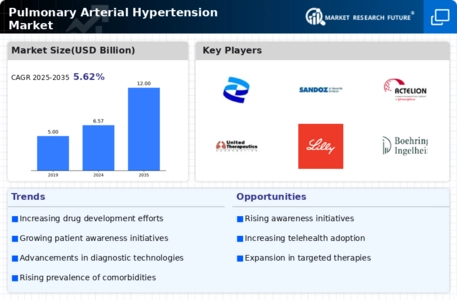
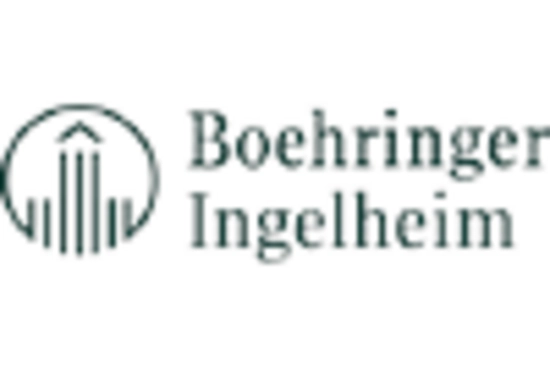
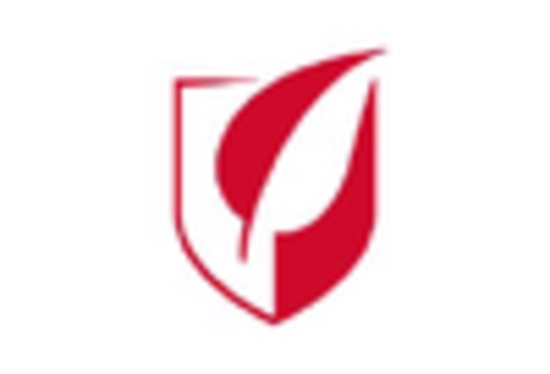
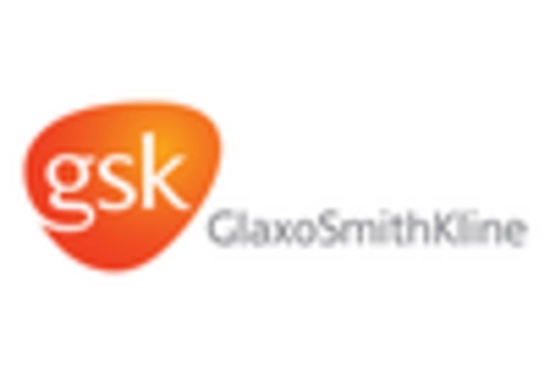
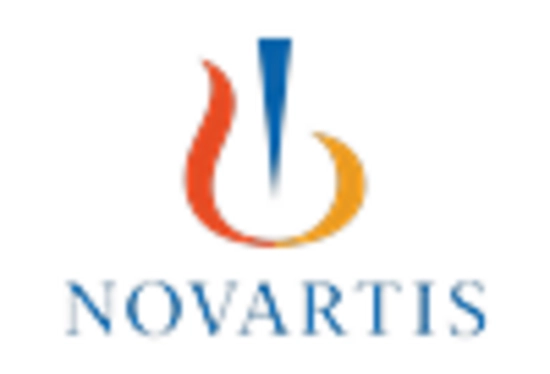
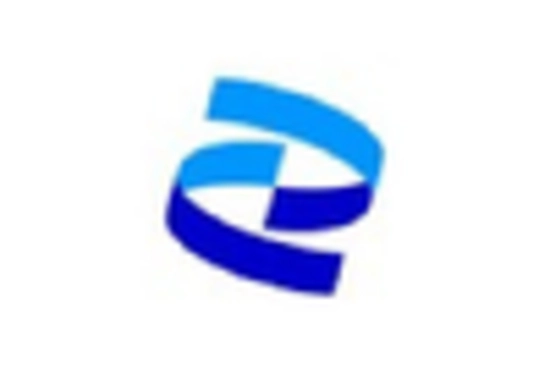
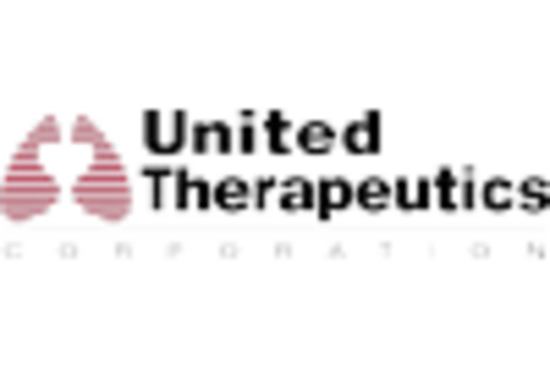








Leave a Comment